Home>Garden Essentials>How To Spread Peat Moss Over Grass Seed
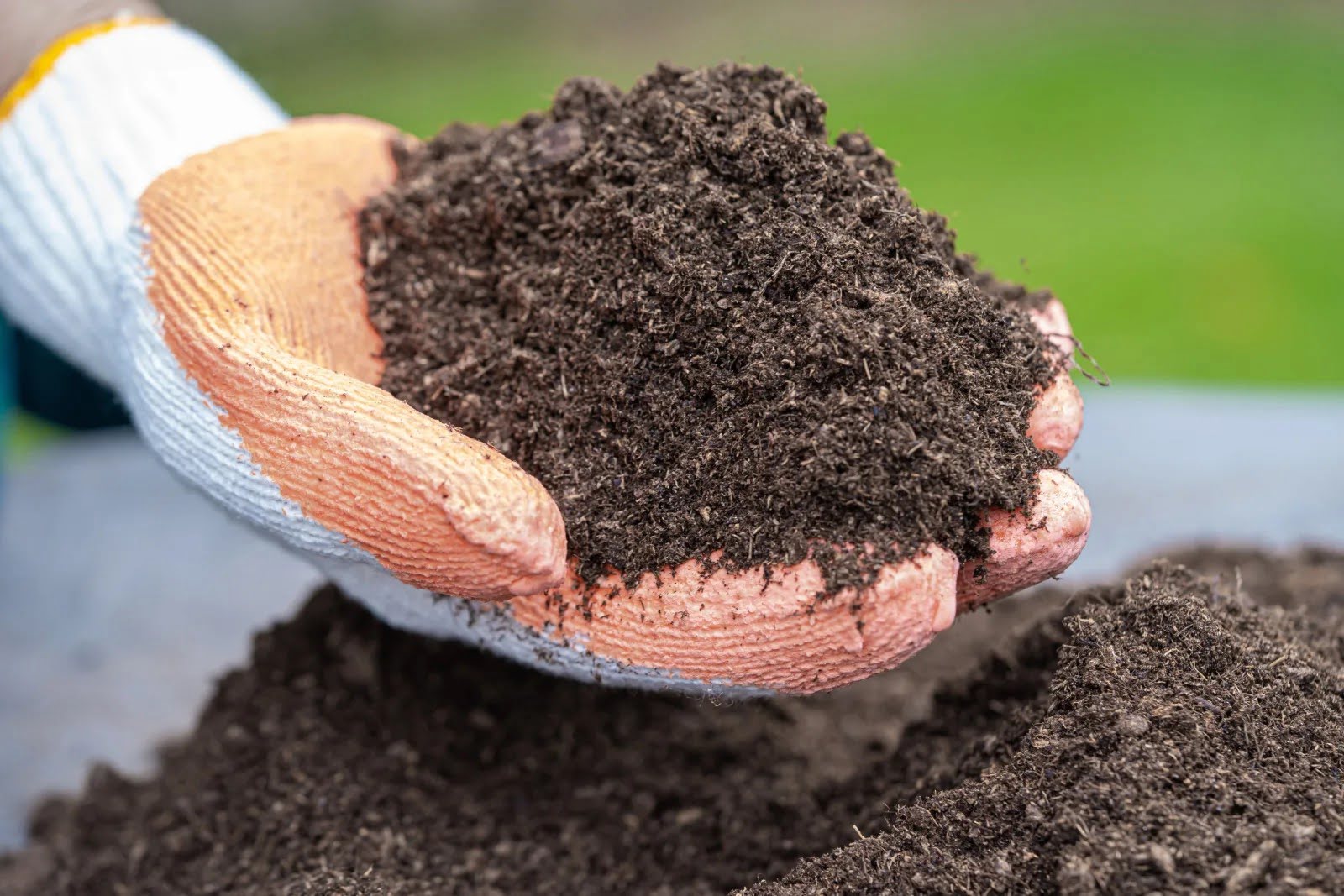

Garden Essentials
How To Spread Peat Moss Over Grass Seed
Modified: May 6, 2024
Learn how to effectively spread peat moss over grass seed in your garden for optimal growth and results. Discover the benefits of using peat moss for your lawn.
(Many of the links in this article redirect to a specific reviewed product. Your purchase of these products through affiliate links helps to generate commission for Storables.com, at no extra cost. Learn more)
Introduction
When it comes to achieving a lush, green lawn, proper care and maintenance are essential. One crucial step in cultivating a healthy lawn is overseeding, which involves spreading grass seed over an existing lawn to fill in bare spots and improve overall thickness. While overseeding alone can yield positive results, incorporating peat moss into the process can take your lawn restoration efforts to the next level.
Peat moss, also known as sphagnum peat moss, is a natural organic material that has been used in gardening and horticulture for centuries. It is derived from decomposed sphagnum moss and is prized for its ability to improve soil structure, retain moisture, and promote healthy root growth.
In this article, we will explore the benefits of using peat moss for grass seed, as well as provide a comprehensive guide on how to properly spread peat moss over grass seed for optimal results.
Key Takeaways:
- Adding peat moss to grass seed helps retain moisture, improve soil structure, and prevent weed growth. Proper application and watering create an ideal environment for a lush, healthy lawn.
- Before and after spreading peat moss over grass seed, prepare the lawn, select high-quality peat moss, and maintain consistent care. These steps are essential for successful overseeding and long-term lawn health.
Read more: What Is Peat Moss Good For Grass
Benefits of Using Peat Moss for Grass Seed
Using peat moss in conjunction with grass seed offers several key advantages for achieving a healthy and vibrant lawn:
- Improves Moisture Retention: Peat moss has excellent water retention properties, allowing it to hold moisture near the grass seeds. This helps to prevent them from drying out and promotes faster germination.
- Enhances Soil Structure: The fibrous nature of peat moss helps improve soil structure by loosening compacted soil and promoting better drainage. This creates an ideal environment for grass seed to establish strong roots.
- Provides Nutrient Buffering: Peat moss acts as a natural sponge, absorbing nutrients and slowly releasing them into the soil as needed. This helps to ensure that the grass seedlings have a continuous supply of essential nutrients for healthy growth.
- Aids in Weed Control: By covering the grass seed with a layer of peat moss, you create a barrier that helps to suppress weed growth. This reduces competition for nutrients, sunlight, and space, giving the grass seedlings a better chance to thrive.
- Minimizes Soil Erosion: The fibrous structure of peat moss helps to hold the soil in place, reducing the risk of erosion caused by heavy rain or wind. This not only protects the newly seeded area but also helps to maintain the overall stability of the lawn.
- Acts as a Mulch Layer: The dark color of peat moss helps to absorb heat from the sun, promoting faster germination and early growth of the grass seedlings. It also acts as a natural mulch layer, protecting the seeds from birds and other animals.
By incorporating peat moss into your grass seed spreading routine, you can significantly improve the chances of success for your lawn restoration efforts. The combination of moisture retention, enhanced soil structure, nutrient buffering, weed control, erosion prevention, and mulching properties make peat moss an invaluable addition to the overseeding process.
Preparing the Lawn for Overseeding
Before you can spread grass seed and peat moss, it’s important to prepare the lawn to ensure optimal conditions for seed germination and growth. Follow these steps to prepare your lawn for overseeding:
- Mow the Existing Grass: Begin by mowing the existing grass to a height of about 2 inches. This will help the new grass seed make good contact with the soil once it is spread.
- Remove Debris: Clear the lawn of any debris, such as sticks, leaves, and rocks. This will create a clean surface for the grass seed to establish and prevent any interference with the peat moss application.
- Aerate the Soil: If the soil is compacted or has poor drainage, consider aerating it to improve air circulation and water penetration. Aerating involves creating small holes in the soil to allow for better absorption of nutrients and water.
- Dethatch if Necessary: If your lawn has a thick build-up of dead grass and other organic matter known as thatch, consider dethatching the lawn. Thatch can prevent proper grass seed germination, so removing it will promote healthier growth.
- Fix Soil Imbalances: Test your soil’s pH level and nutrient content using a soil testing kit. If necessary, make any required pH adjustments or add fertilizer to provide the optimal conditions for the new grass seed to thrive.
Following these steps will help create an ideal environment for overseeding and ensure that the grass seed and peat moss can effectively establish and grow. Taking the time to prepare the lawn properly will significantly increase the chances of success for your overseeding efforts.
Selecting and Purchasing Peat Moss
When it comes to selecting and purchasing peat moss for spreading over grass seed, it’s important to choose a high-quality product that will deliver the best results. Here are some factors to consider:
- Source of Peat Moss: Look for peat moss that is sourced from reputable suppliers. It’s best to choose peat moss that is harvested sustainably and without damaging sensitive ecosystems.
- Texture and Consistency: Opt for peat moss that has a fine, fibrous texture. This will allow for even distribution over the grass seed and provide better moisture retention and drainage properties.
- Purity: Check the label to ensure that the peat moss is free of additives or chemicals that could be harmful to your lawn. You want a pure, organic product that will enhance the growth of your grass seed.
- Bag Size: Consider the size of your lawn and the amount of area you need to cover. Peat moss usually comes in various bag sizes, so choose one that will provide enough coverage without excess wastage.
- Brand Reputation: Research different brands and read reviews to gauge the reputation and quality of the peat moss. Choosing a reputable brand will give you peace of mind that you’re using a reliable product.
When purchasing peat moss, you can find it at garden centers, nurseries, and home improvement stores. You may also choose to buy it online, which offers a convenient option for delivery right to your doorstep.
Before spreading the peat moss, make sure to read the manufacturer’s instructions for any specific application recommendations or considerations. Following these guidelines will help ensure that you are using the peat moss correctly and maximizing its benefits for your lawn.
Remember, the quality of the peat moss you choose will directly impact the success of your overseeding efforts. So, take the time to select a high-quality product that meets your lawn’s needs to achieve the best results.
Understanding Proper Application Techniques
Proper application techniques are crucial when spreading peat moss over grass seed. Follow these guidelines to ensure effective and efficient coverage:
- Timing: Choose the right time to spread the peat moss. It’s ideal to do so immediately after spreading the grass seed to maximize seed germination and establish a strong root system.
- Equipment: Use a spreader or a rake to evenly distribute the peat moss over the grass seed. A spreader can provide more precise and uniform coverage, while a rake can be used for smaller areas or spot treatments.
- Quantity: Apply a thin layer of peat moss, typically around 1/4 to 1/2 inch thick, over the grass seed. This will provide adequate coverage without smothering the seeds or obstructing sunlight.
- Direction: Start at one end of the lawn and work your way across in a back-and-forth motion, similar to mowing the lawn. This will help ensure even distribution and avoid missed areas.
- Overlapping: As you spread the peat moss, make sure to overlap each pass slightly to ensure that no areas are left uncovered. This will help create a consistent layer for optimal results.
- Avoid Excessive Compaction: While it’s important to create good seed-to-soil contact, be careful not to compact the peat moss too heavily. Gently press down or use a light roller to ensure proper adherence to the seeds without excessive compression.
Remember to follow any specific instructions provided by the manufacturer on the peat moss packaging for application techniques. These guidelines may vary depending on the specific product, so it’s essential to read and understand them before applying.
Proper application techniques will help ensure that the peat moss is evenly distributed over the grass seed, providing optimal conditions for seed germination and growth. Taking the time to apply the peat moss correctly will greatly enhance the chances of successfully establishing a lush and healthy lawn.
Read more: How To Use Peat Moss To Grow Grass
Step 1: Clearing the Lawn
Before spreading the grass seed and peat moss, it’s important to clear the lawn of any debris and obstacles. This step will create a clean and even surface for the application process. Follow these guidelines to effectively clear the lawn:
- Remove Large Debris: Begin by removing any large debris such as branches, rocks, or toys from the lawn. This will prevent interference with the spreading process and ensure an even distribution of the grass seed and peat moss.
- Rake the Surface: Use a rake to gently remove smaller debris, dead grass, and thatch from the lawn. This will improve the seed-to-soil contact and allow for better absorption of nutrients and moisture.
- Address Weeds: Take the time to address any existing weeds in the lawn. Remove them manually or use a safe and effective weed control method to prevent them from competing with the new grass seedlings.
- Address Bare Areas: If there are any noticeable bare or thin areas in the lawn, consider loosening the soil gently with a rake and adding a thin layer of topsoil to promote better seed germination and growth.
- Level Uneven Spots: If you notice any uneven spots or small depressions, add soil or leveling mix to fill in the gaps. This will create a smooth and even surface for the grass seed and peat moss application.
Clearing the lawn before overseeding is crucial to ensure that the grass seed and peat moss can make good contact with the soil and receive optimal growing conditions. By taking the time to remove debris, address weeds, and level uneven spots, you are setting the stage for successful overseeding and a healthier, more vibrant lawn.
After spreading peat moss over grass seed, lightly water the area to help the peat moss settle and make good contact with the soil. This will help retain moisture and promote seed germination.
Step 2: Spreading the Grass Seed
Once you have cleared the lawn and prepared the surface, it’s time to spread the grass seed. Properly spreading the seed is crucial for achieving even coverage and promoting healthy germination. Follow these steps to effectively spread the grass seed:
- Choose the Right Seed: Select high-quality grass seed that is suitable for your specific lawn conditions. Consider factors such as climate, sunlight exposure, and soil type to ensure the best results.
- Calculate the Amount: Determine the appropriate amount of grass seed to use by following the recommended seeding rate provided on the seed packaging. This will ensure that you sow enough seed to achieve the desired thickness without wasting excess seed.
- Use a Spreader or Handheld Spreader: Depending on the size of your lawn, you can use either a broadcast spreader or a handheld spreader to distribute the grass seed evenly. These tools help ensure uniform coverage and prevent clumping.
- Start at One Corner: Begin spreading the grass seed from one corner of the lawn. Walk in straight lines or use a crisscross pattern to cover the entire area effectively.
- Overlap Each Pass: As you walk or move across the lawn, slightly overlap each pass to ensure that no areas are missed. This will help to achieve consistent coverage and prevent patchy areas.
- Adjust Spreader Settings: Follow the manufacturer’s recommendations for adjusting the spreader settings based on the type of grass seed being used. This will ensure that the correct amount of seed is being dispersed.
- Pay Attention to Edges and Border Areas: Be sure to pay extra attention to the edges and border areas, as they are often missed during the spreading process. Take the time to evenly distribute the seed along these areas for a uniform-looking lawn.
Spreading the grass seed properly ensures that the seeds have good soil contact and are set up for successful germination. By following these steps and using the appropriate tools, you’ll achieve even coverage and lay the foundation for a dense, healthy lawn.
Step 3: Applying Peat Moss over Grass Seed
Once you have spread the grass seed, the next step is to apply the peat moss over the seed. This layer of peat moss will provide numerous benefits, including improved moisture retention, enhanced soil structure, and weed suppression. Follow these steps to effectively apply the peat moss:
- Gather the Required Tools: You will need a rake or a spreader to apply the peat moss. A spreader can provide more uniform coverage, but a rake will suffice for smaller areas or spot treatments.
- Ensure Proper Timing: Apply the peat moss immediately after spreading the grass seed. This will help create an ideal environment for seed germination and early growth.
- Calculate the Amount: Determine the appropriate amount of peat moss to use based on the size of your lawn and the desired thickness of the peat moss layer. Generally, a thin layer of about 1/4 to 1/2 inch is sufficient.
- Evenly Spread the Peat Moss: Start at one end of the lawn and work your way across, using the rake or spreader to evenly distribute the peat moss. Make overlapping passes to ensure consistent coverage, taking care not to apply too thick of a layer.
- Avoid Disturbing the Seed: Be gentle when applying the peat moss to avoid disturbing the grass seeds beneath. The goal is to create a protective layer that will aid in moisture retention and inhibit weed growth without smothering the seeds.
- Focus on Problem Areas: Pay extra attention to areas with bare spots or thin grass coverage. Apply a slightly thicker layer of peat moss to these areas to provide additional support for seed germination and growth.
- Smooth Out Uneven Spots: If you notice any uneven spots or clumps of peat moss, use the rake or your hands to smooth them out. This will help ensure that the peat moss is evenly distributed across the lawn.
By properly applying the peat moss over the grass seed, you create a favorable environment for seed germination and establish a strong foundation for a healthy lawn. Take the time to evenly spread the peat moss and focus on problem areas to maximize its benefits and set the stage for successful grass growth.
Step 4: Watering the Lawn
After applying the peat moss over the grass seed, it’s crucial to provide proper watering to ensure successful germination and establishment of the seeds. Watering is a critical step in the lawn care process and plays a significant role in seed activation and growth. Follow these steps to effectively water your lawn:
- Water Immediately: Begin watering immediately after applying the peat moss. This will help settle the peat moss and ensure good seed-to-soil contact.
- Apply a Light, Even Watering: Use a sprinkler or a hose with a misting attachment to provide a light, even watering. Avoid heavy watering that may wash away the peat moss or cause the seeds to float away. A gentle, mist-like spray is ideal.
- Water Frequently: For the first few weeks after overseeding, it’s essential to keep the soil consistently moist. Water the lawn 2-3 times a day, or as needed, to prevent the soil from drying out. Ensure that the top inch of soil remains moist at all times.
- Monitor Moisture Levels: Regularly check the moisture level of the soil. Insert a finger into the soil to a depth of about 1 inch. If it feels dry, it’s time to water again. Proper moisture is crucial for seed germination and root development.
- Adjust Watering Schedule: As the grass seedlings start to grow and establish, gradually reduce the frequency of watering while increasing the duration of each session. This will encourage deeper root growth and prepare the lawn for normal watering practices.
- Water in the Morning: It’s best to water your lawn in the early morning. This allows the grass blades and soil to dry out during the day, reducing the risk of disease and fungal growth. Avoid watering in the evening, as extended moisture can promote fungal issues.
Proper watering is crucial to support seed germination and ensure the success of your lawn overseeding efforts. By following these watering guidelines, you’ll create a favorable environment for the grass seeds to establish roots and ultimately develop into a lush, healthy lawn.
Read more: How To Store Peat Moss
Step 5: Lawn Care after Application
After spreading the grass seed and peat moss and ensuring proper watering, it’s important to continue with consistent lawn care practices to promote healthy growth and establish a vibrant lawn. Follow these guidelines for ongoing lawn care after the application:
- Maintain Moisture: Continue to monitor the moisture levels of the soil and ensure that it remains consistently moist. Adequate moisture is essential for seed germination and root development. Adjust your watering schedule as needed based on weather conditions and the rate of seed germination.
- Adjust Mowing Height: As the grass seedlings grow, adjust your mower height to ensure that you are not cutting the grass too short. Gradually decrease the height of the mower over time to encourage the development of a healthy and dense turf.
- Control Weeds: As your lawn starts to fill in, it’s important to address weed growth promptly. Use manual weeding or apply a selective herbicide that is safe for your grass type to control unwanted weeds. Follow the manufacturer’s instructions for proper application.
- Avoid Heavy Foot Traffic: During the early stages of grass growth, avoid excessive foot traffic or any activities that may put stress on the new seedlings. Give the lawn time to establish a strong root system before subjecting it to heavy use.
- Apply Fertilizer: Once the new grass has established and the seedlings have fully developed, consider applying a slow-release fertilizer to provide essential nutrients for sustained growth. Choose a fertilizer specifically formulated for new lawns and follow the recommended application rates.
- Maintain Regular Maintenance: Continue with regular lawn care practices, including regular mowing, proper fertilization, and routine maintenance. This will help keep your lawn healthy and promote dense, vigorous growth over time.
By following these ongoing lawn care practices, you’ll provide the necessary support for your newly overseeded lawn to thrive. Consistent maintenance and care are essential for long-term success and a beautiful, lush lawn.
Conclusion
Achieving a healthy and vibrant lawn requires proper care and maintenance, especially when it comes to overseeding. By incorporating peat moss into the process, you can significantly enhance the success of your lawn restoration efforts.
Throughout this article, we have explored the benefits of using peat moss for grass seed and provided a comprehensive guide on how to spread peat moss over grass seed effectively. From preparing the lawn to selecting high-quality peat moss, understanding proper application techniques, and taking care of the lawn after application, each step plays a crucial role in establishing a beautiful and thriving lawn.
The benefits of using peat moss for grass seed are numerous. It improves moisture retention, enhances soil structure, provides nutrient buffering, aids in weed control, minimizes soil erosion, and acts as a natural mulch layer. By incorporating peat moss into your overseeding routine, you create an ideal environment for seed germination and promote healthy growth.
Properly preparing the lawn, selecting and purchasing quality peat moss, understanding the correct application techniques, and providing appropriate watering and ongoing lawn care are essential for success. By dedicating time and effort to these steps, you set your lawn up for long-term health and vitality.
Remember, achieving a lush and vibrant lawn is a continuous process. Regular maintenance, including mowing, fertilizing, controlling weeds, and providing adequate moisture, is key to ensuring your lawn remains healthy and beautiful year after year.
By following the guidelines outlined in this article, you can successfully spread peat moss over grass seed and enjoy the rewards of a lush, green lawn that becomes the envy of your neighborhood.
Ready to spruce up your garden? Dive into our guide on creative garden fence ideas, where you'll find inspiration to enhance your outdoor space with stylish and functional barriers. From classic wooden pickets to modern metal designs, there's a fence style for every green thumb. And if you're curious about how soon you can see your new plants sprout, check out our detailed explanation on seed germination times. Learn what factors affect growth and how to speed up the process, ensuring your garden thrives from the ground up.
Frequently Asked Questions about How To Spread Peat Moss Over Grass Seed
Was this page helpful?
At Storables.com, we guarantee accurate and reliable information. Our content, validated by Expert Board Contributors, is crafted following stringent Editorial Policies. We're committed to providing you with well-researched, expert-backed insights for all your informational needs.
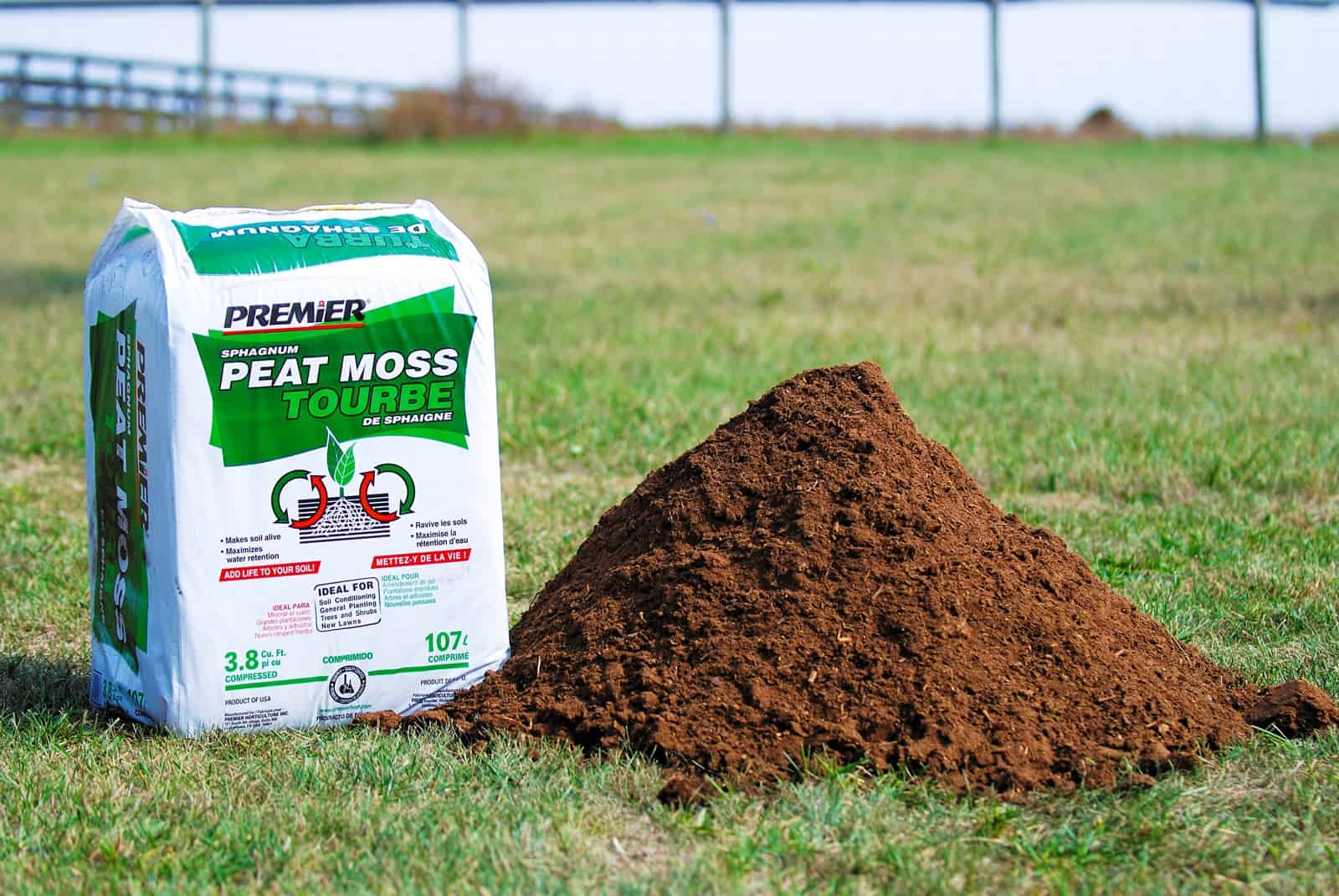
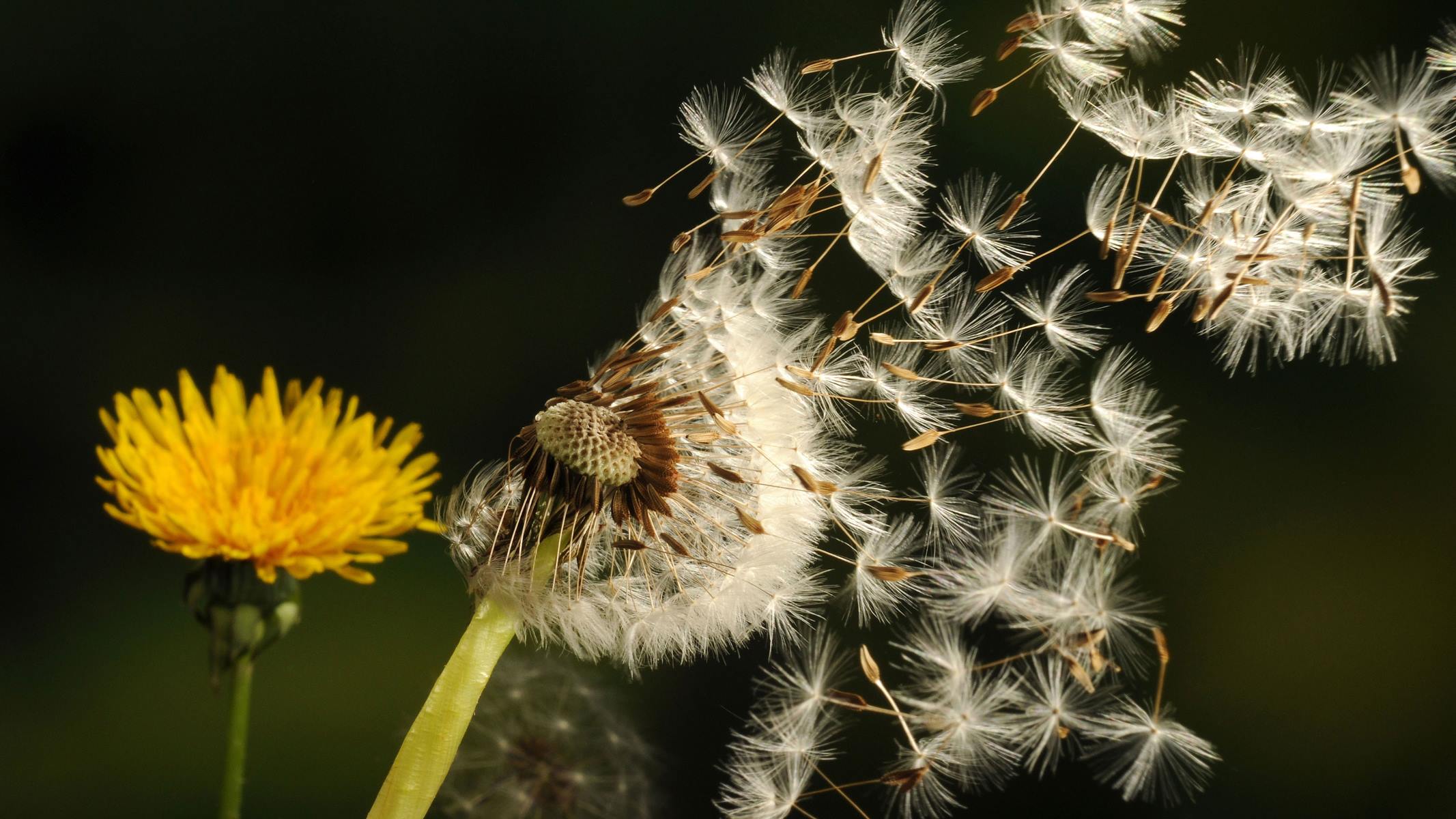
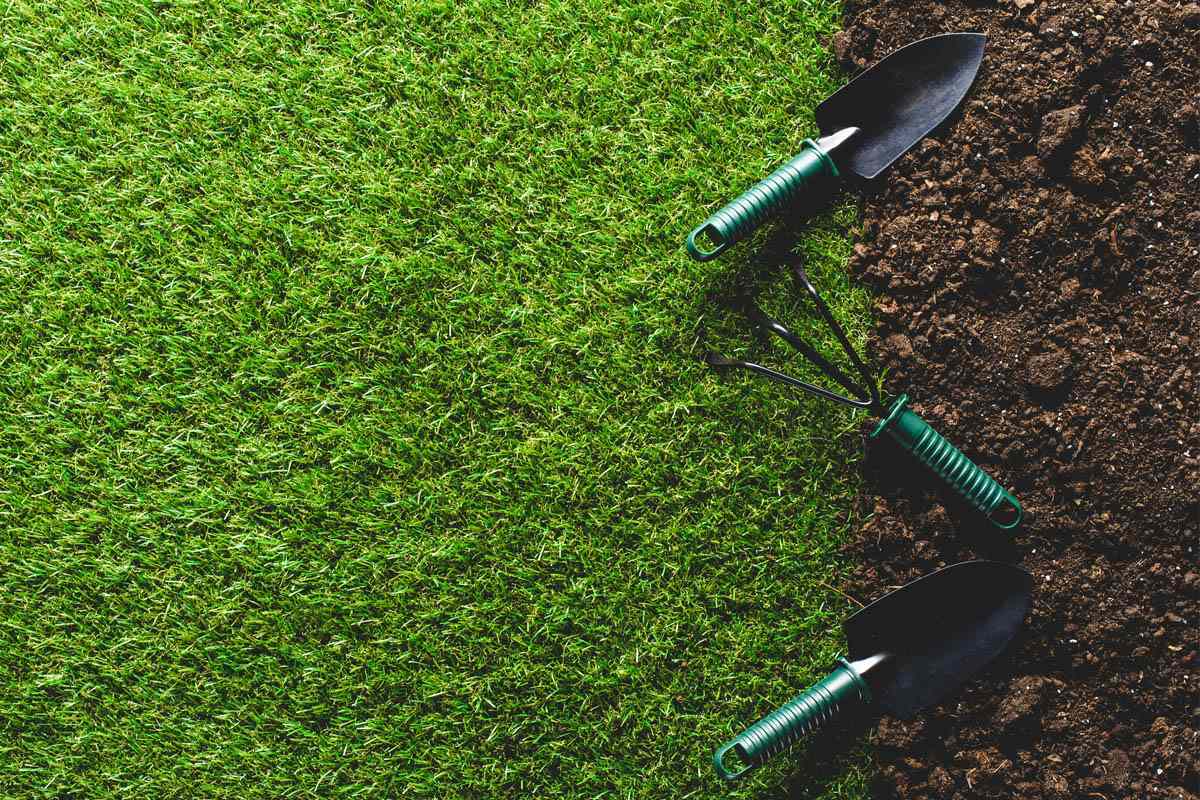
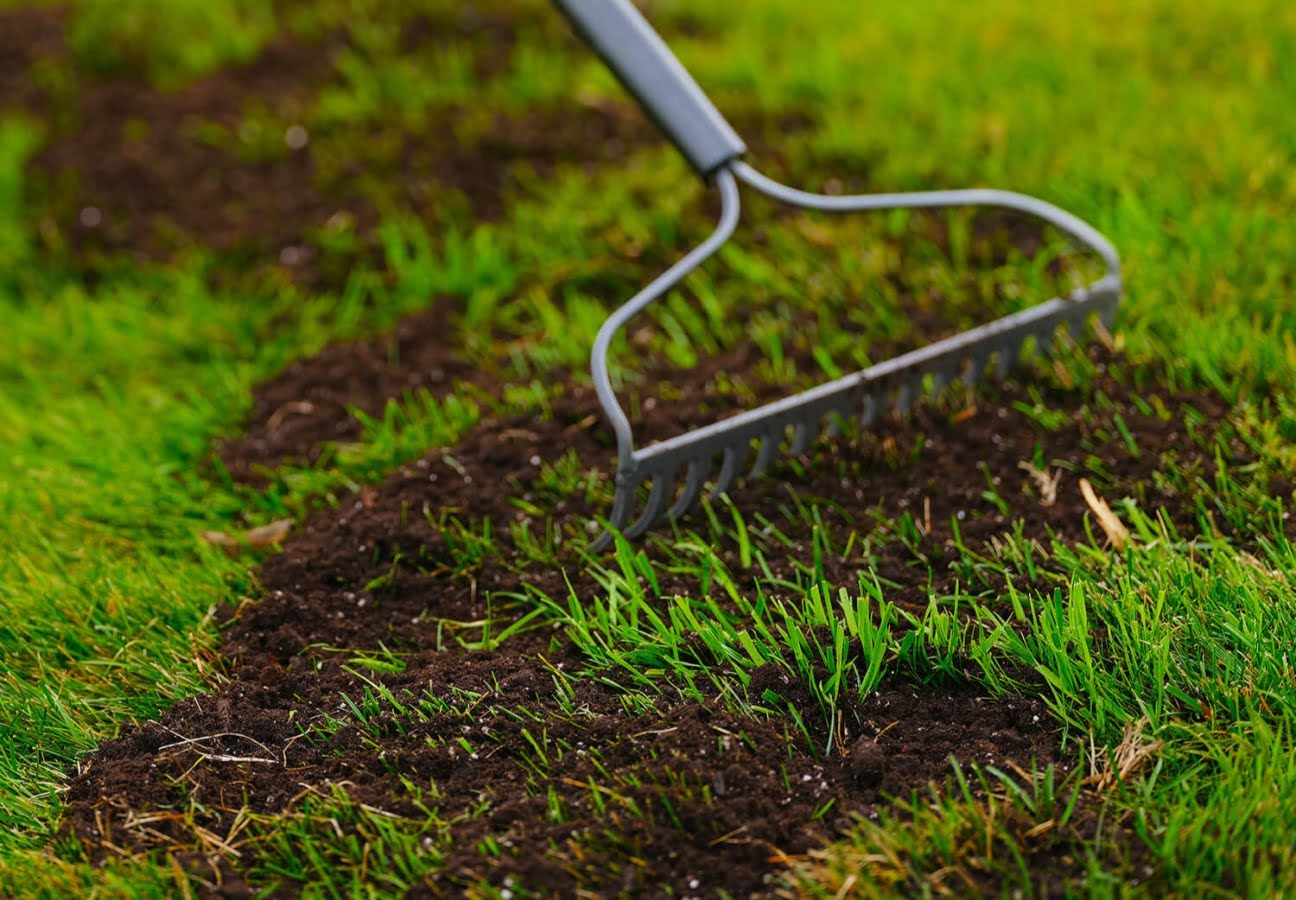
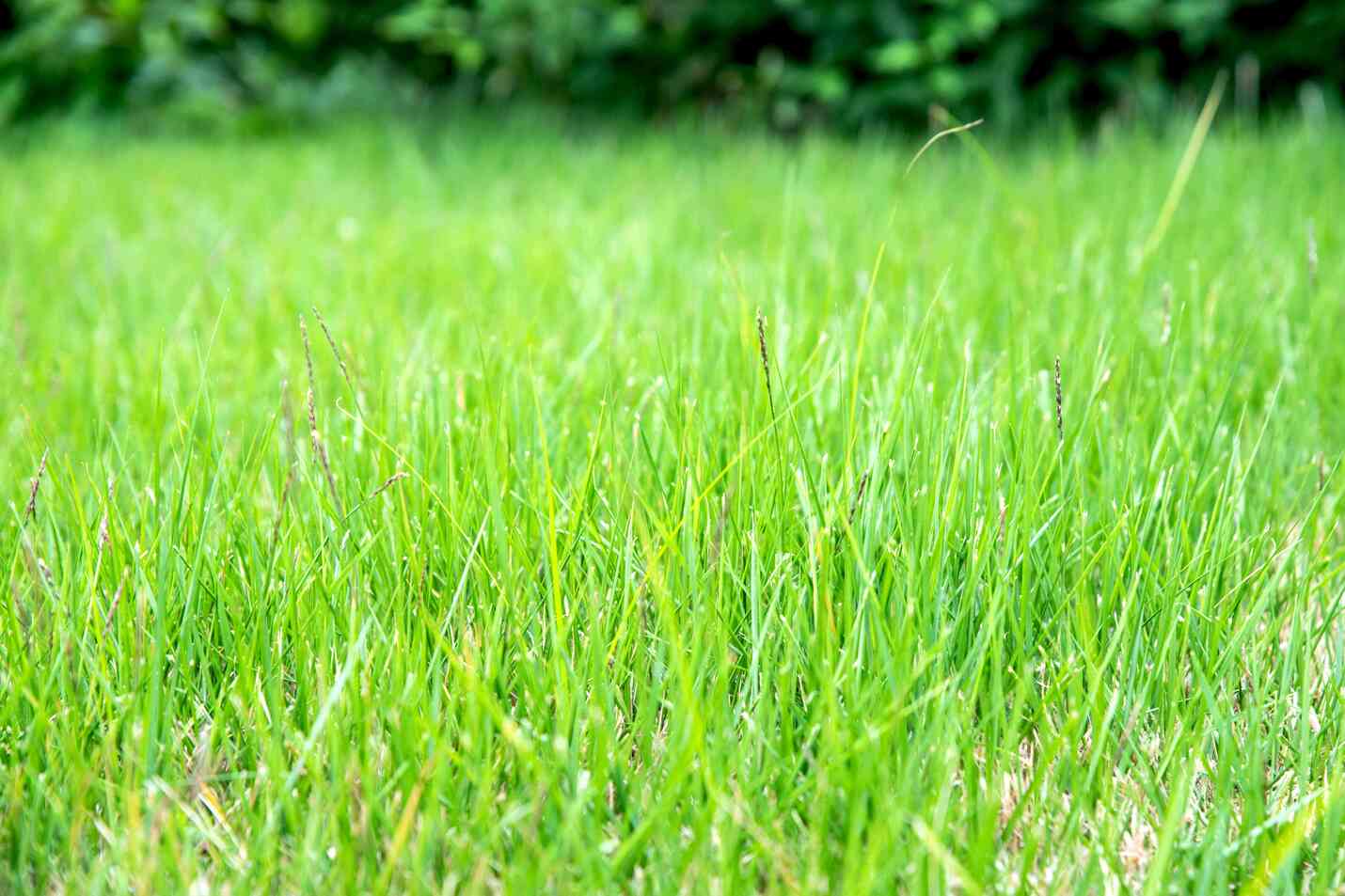
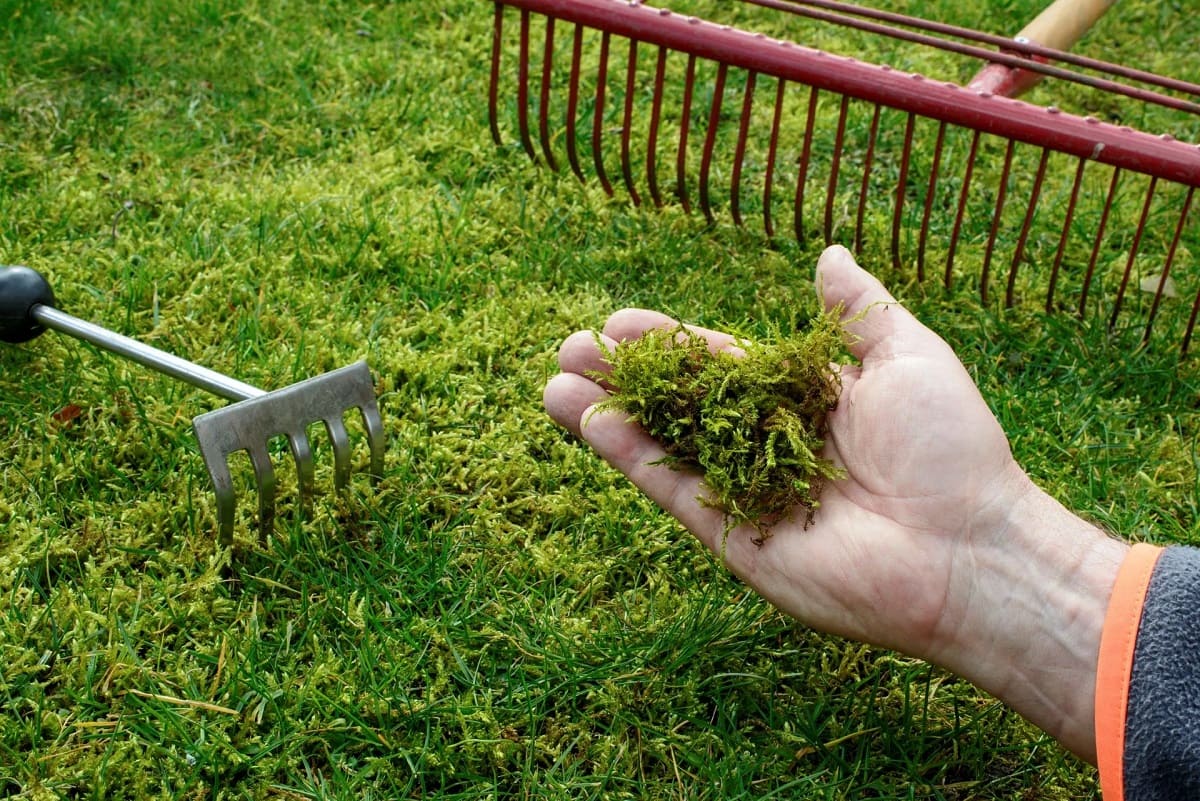
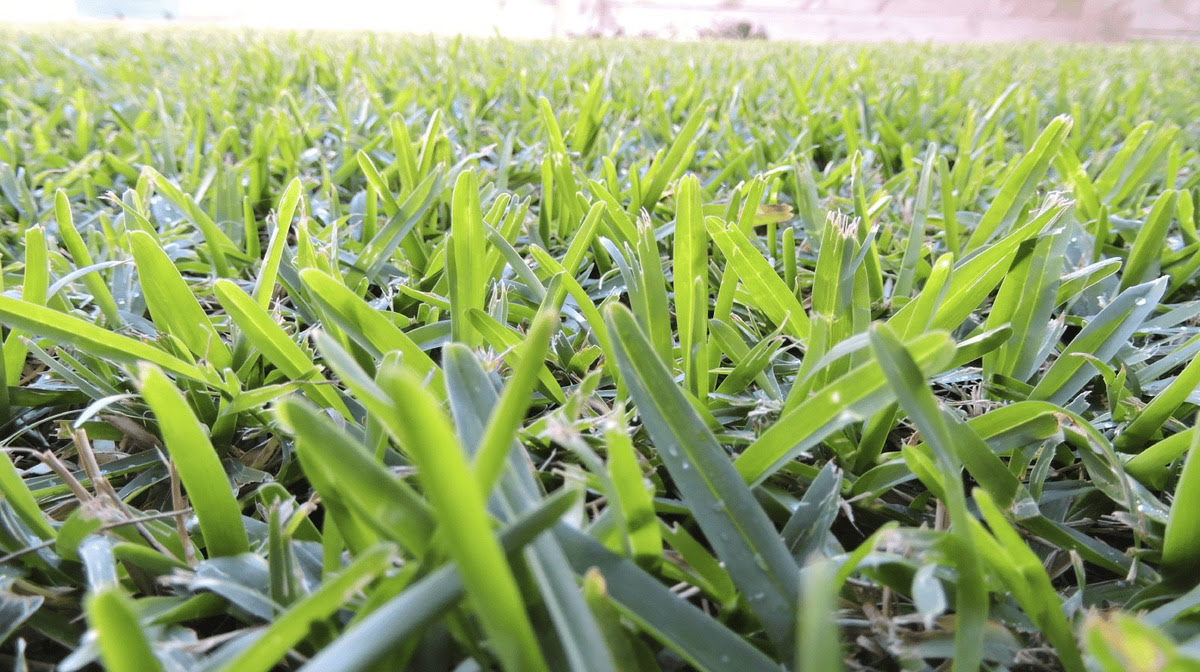
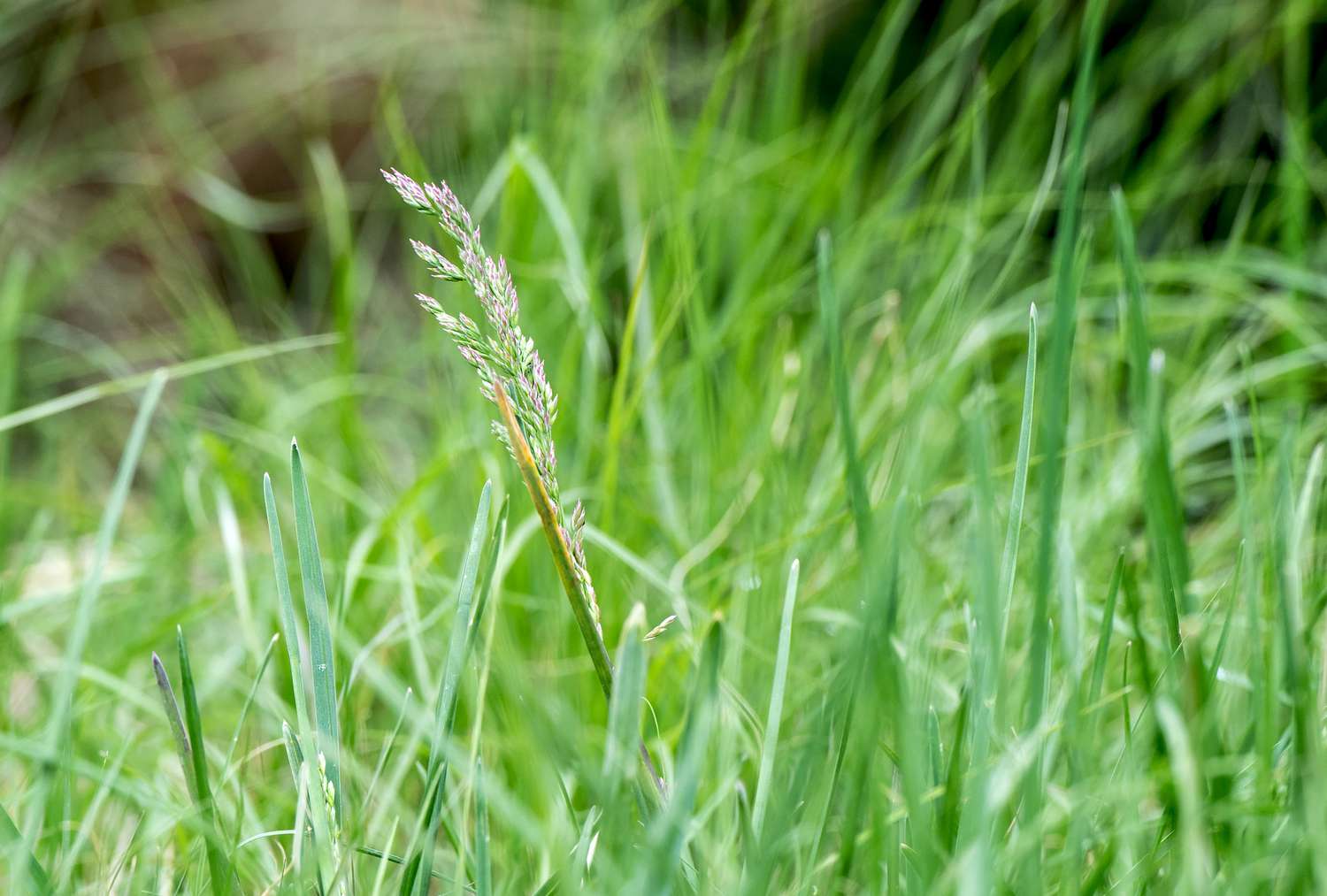
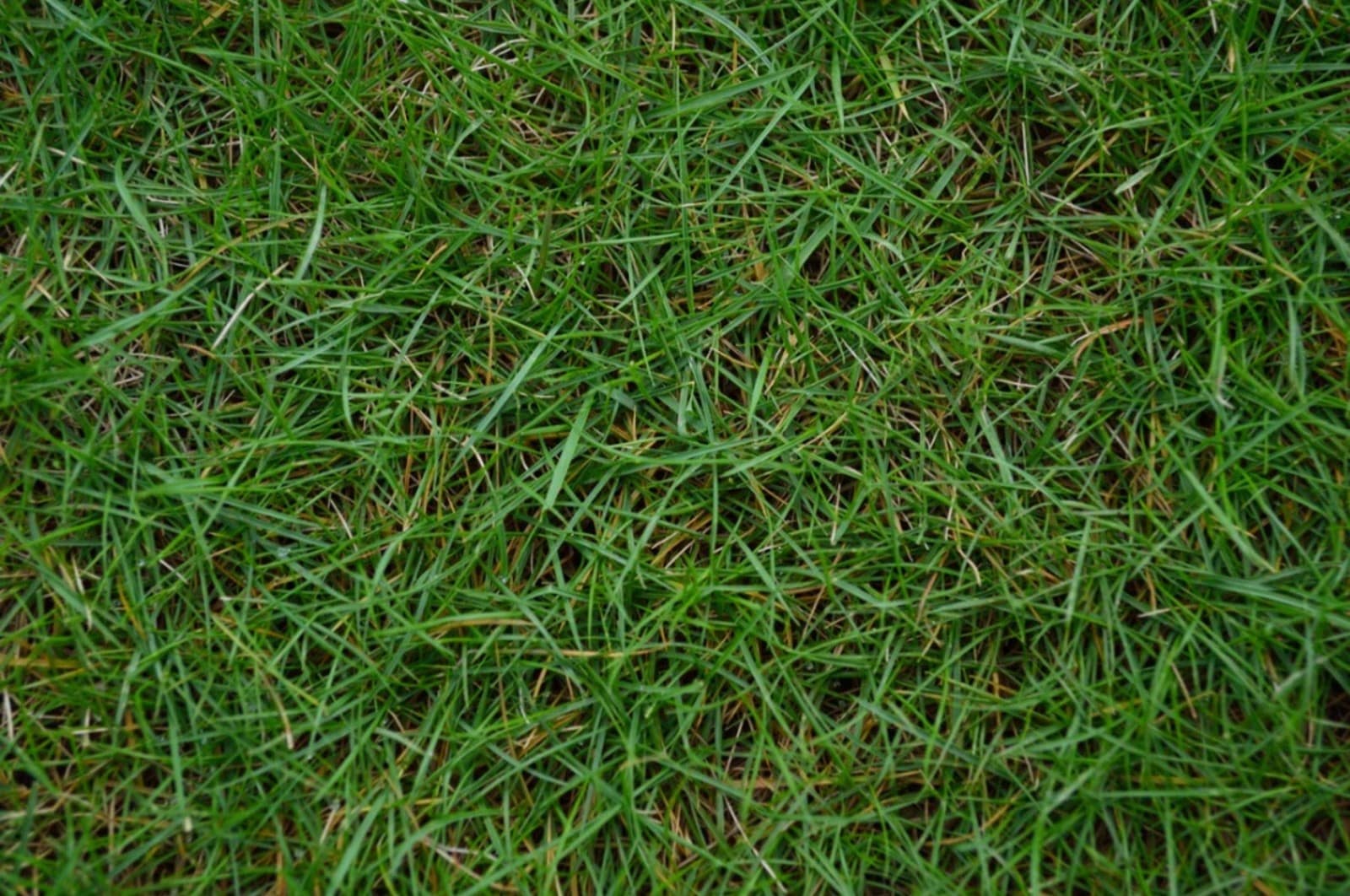
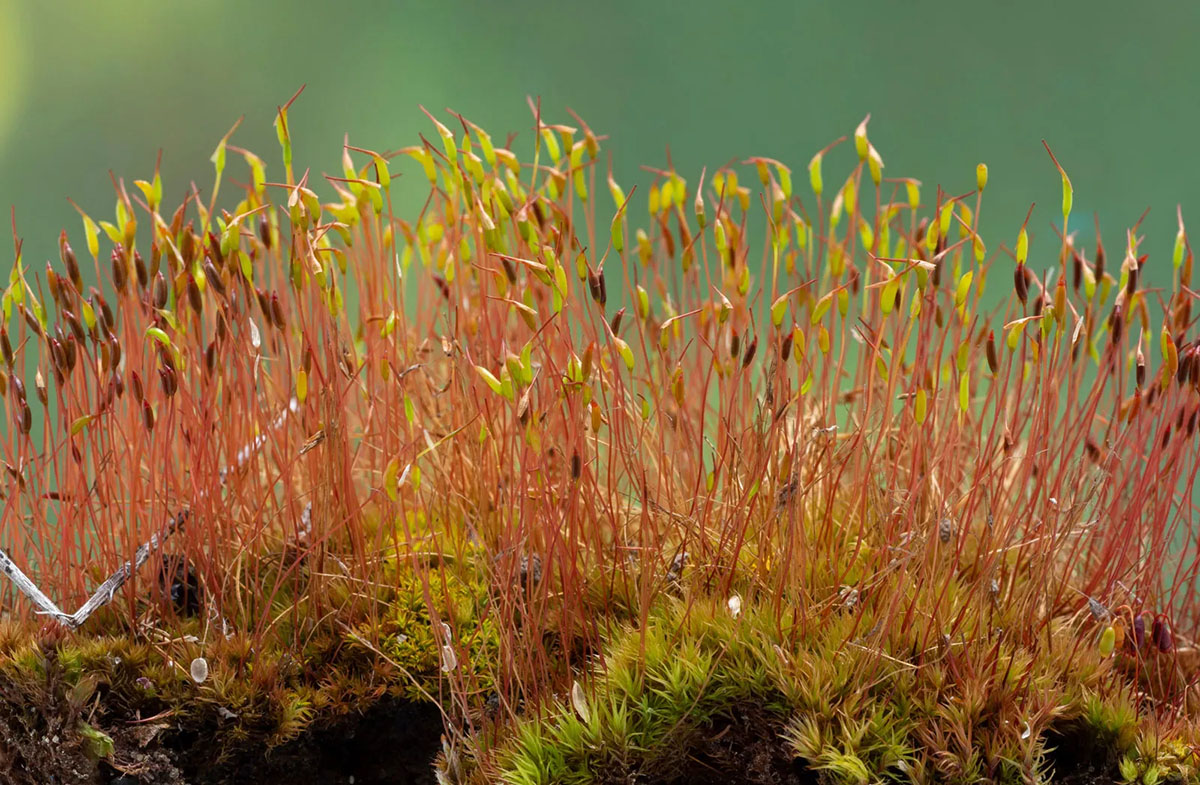
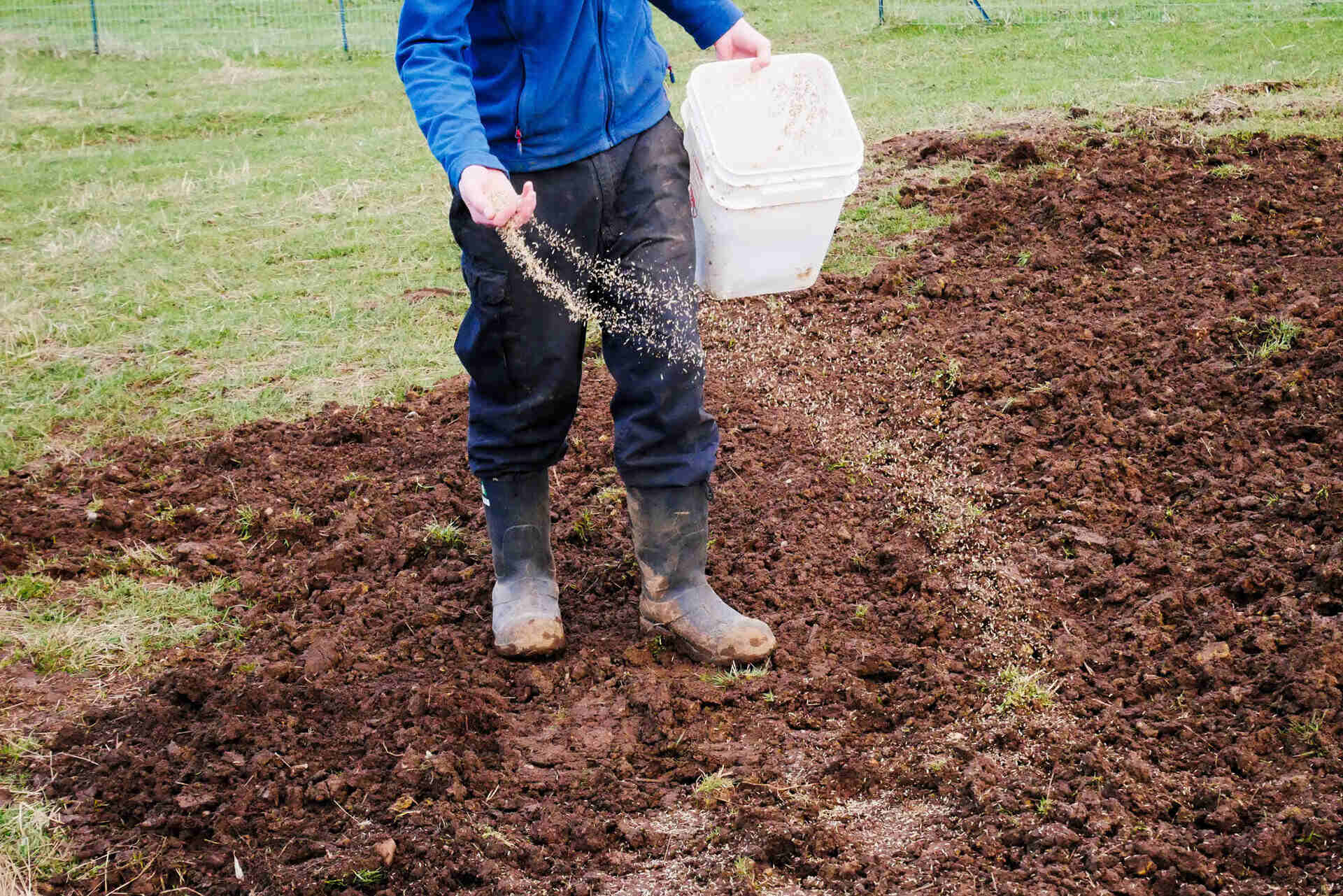
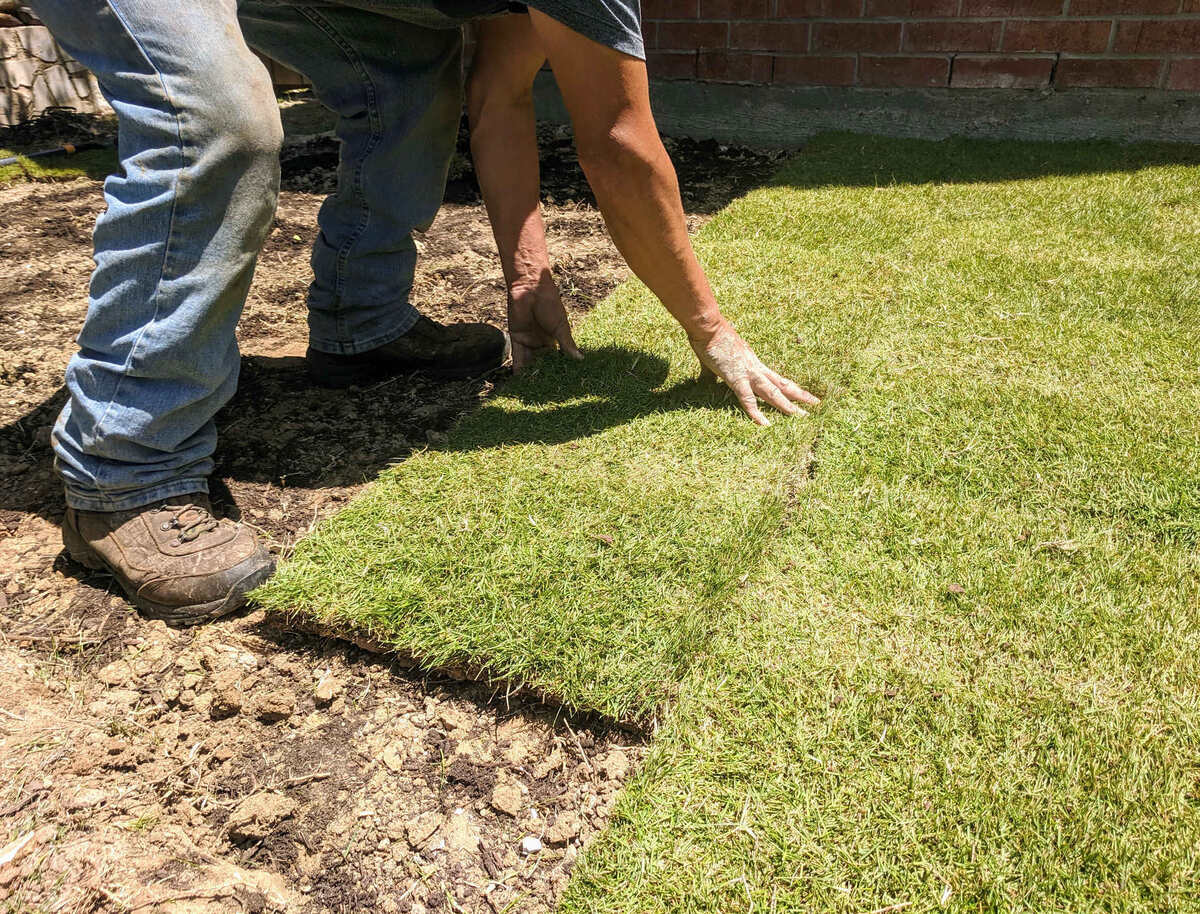
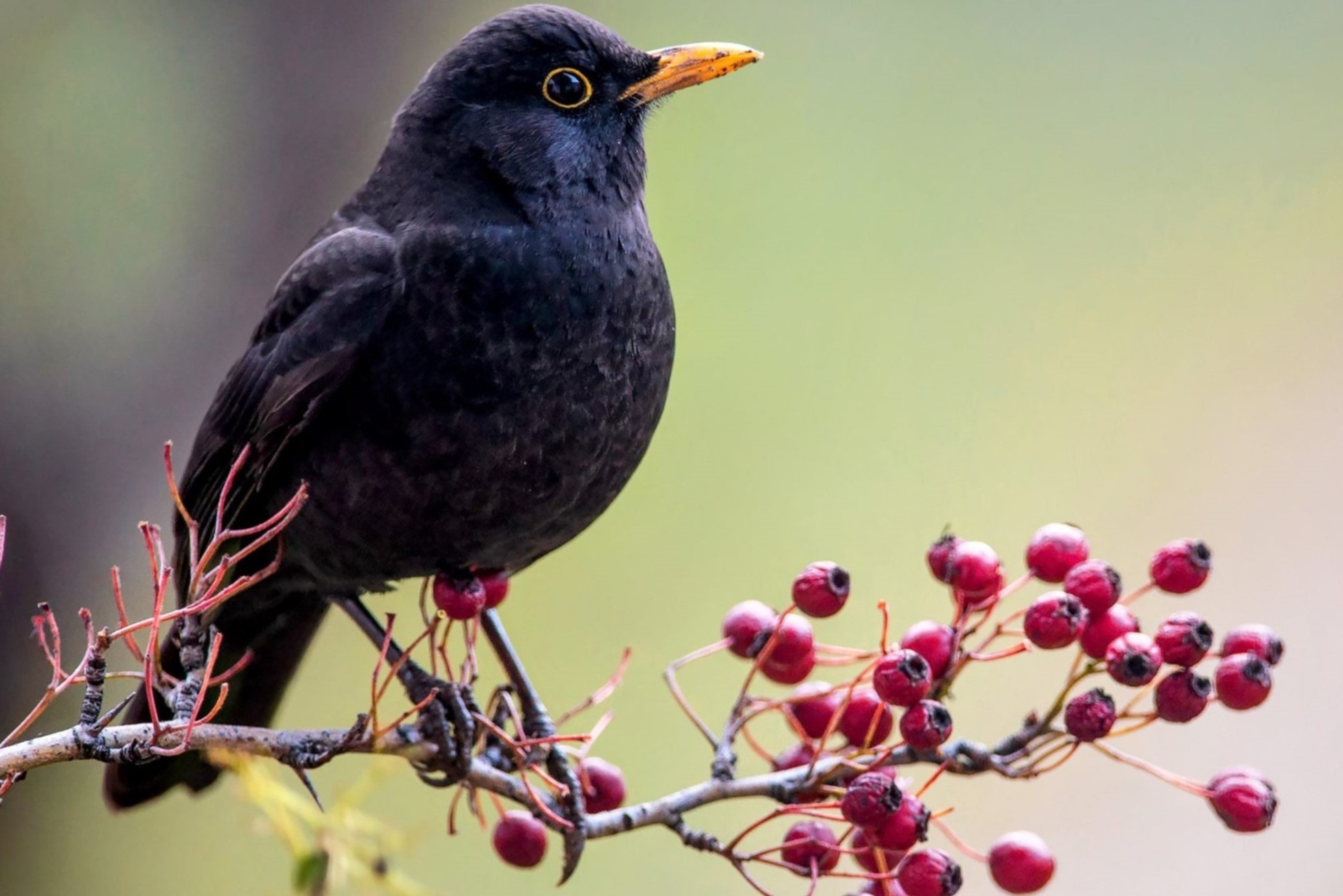

0 thoughts on “How To Spread Peat Moss Over Grass Seed”